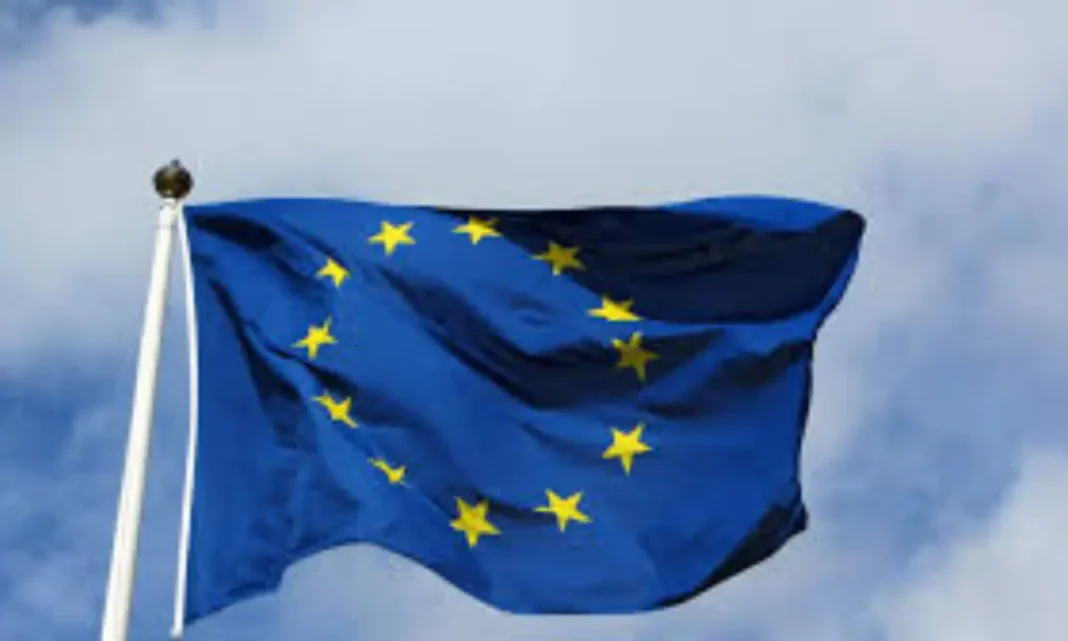The European Commission’s recent proposal for counter-tariffs on U.S. goods comes as a direct response to President Donald Trump’s earlier tariffs on steel and aluminum. The EU’s countermeasures include a broad range of U.S. products, such as diamonds, eggs, sausages, poultry, and even dental floss. These tariffs are set to take effect starting May 16, with some products, like almonds and soybeans, facing tariffs beginning December 1.
The European Commission had previously indicated a much larger tariff response, valued at around 26 billion euros ($28.45 billion), but trade chief Maros Sefcovic noted that the current counter-tariffs would have less impact. One of the most significant proposed tariffs is a 50% tariff on bourbon, which prompted a fierce response from Trump. He threatened a retaliatory 200% tariff on EU alcoholic drinks, which particularly alarmed wine-producing countries like France and Italy.
Beyond these counter-tariffs, the EU has already introduced tighter safeguards on steel imports, reducing imports by 15% since April 1. Additionally, the EU is considering implementing import quotas for aluminum, with member states set to vote on this proposal on April 9.
This trade escalation between the EU and the U.S. reflects a broader trend of protectionist policies and economic retaliation between major global economies. It also highlights the sensitive nature of trade relations when key industries, like wine and steel, are involved.
Would you like to explore how these trade tensions might impact global markets or the broader geopolitical landscape?


